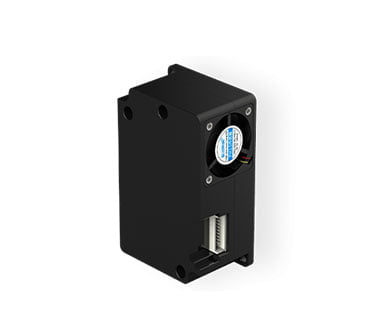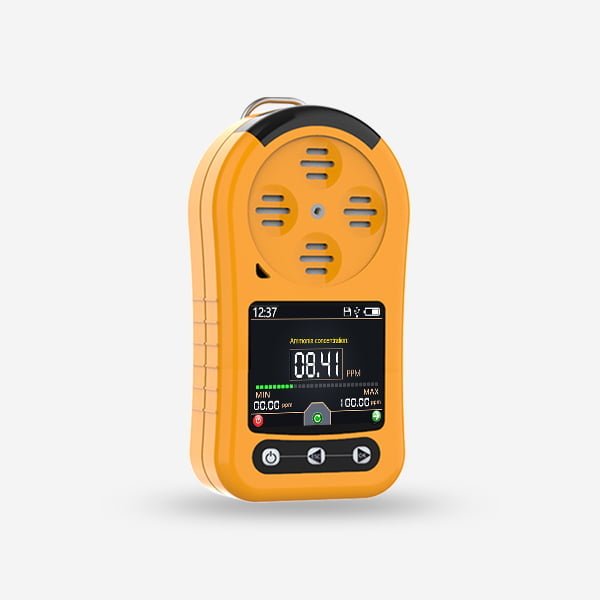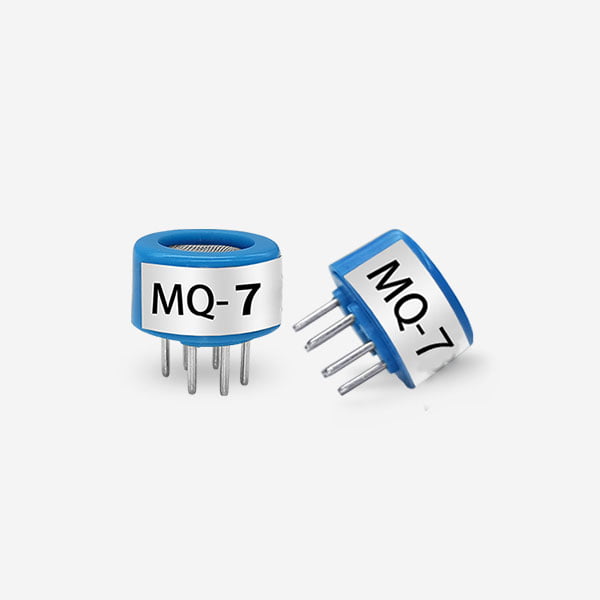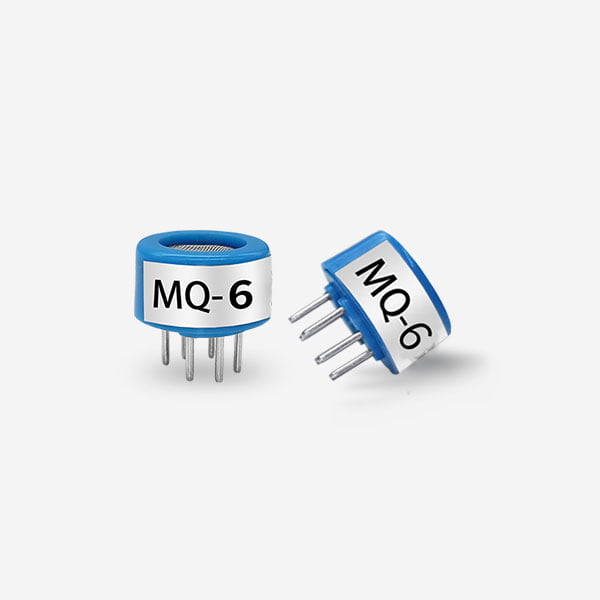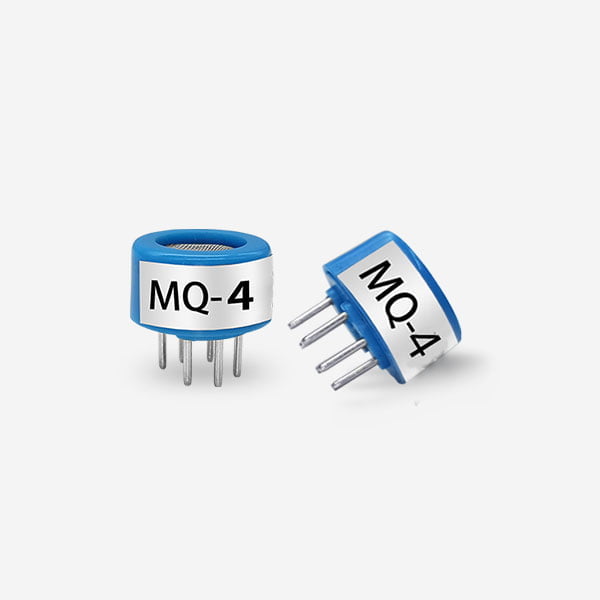A CO2 sensor is an essential device used for monitoring carbon dioxide levels in various settings. It employs advanced technology to detect and measure CO2 concentrations accurately, providing real-time data for environmental analysis. The use of CO2 sensors has become increasingly important due to the rising concerns about climate change and the impact of carbon dioxide emissions on our planet.
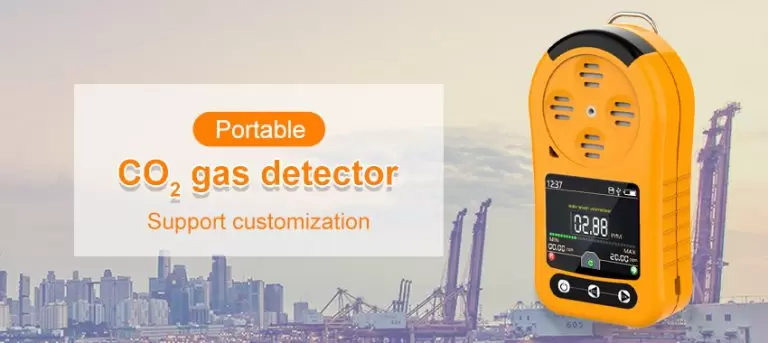
The working principle of a CO2 sensor involves the detection of CO2 molecules present in the air. The sensor consists of a special material that reacts to the presence of carbon dioxide. When exposed to CO2, the material undergoes a physical or chemical change that can be measured and converted into an electrical signal. This signal is then processed by the sensor and translated into a CO2 concentration reading.
CO2 sensor find applications in a wide range of industries and environments. In indoor settings, such as offices, schools, and homes, these sensors are used to monitor and control ventilation systems. By accurately measuring CO2 levels, the sensors enable efficient air exchange, ensuring a healthier and more comfortable indoor environment for occupants. Additionally, CO2 sensors are extensively used in industries that emit carbon dioxide, such as power plants and factories, to monitor emissions and ensure compliance with environmental regulations.
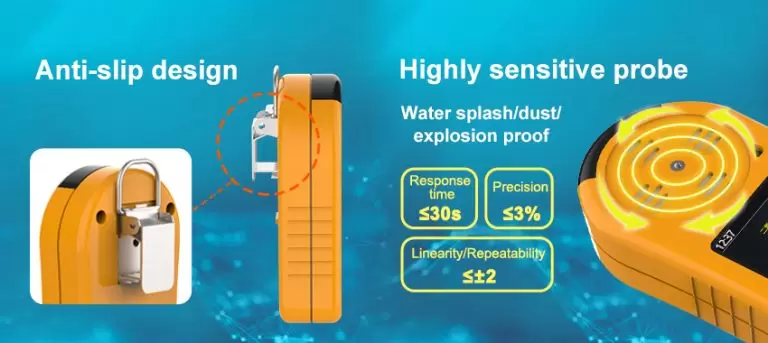
The advantages of CO2 sensors are numerous. Firstly, they provide real-time CO2 concentration data, allowing for immediate actions and adjustments to be taken if levels become too high. This is crucial for maintaining a safe and healthy working or living environment. Secondly, CO2 sensors are highly sensitive and accurate, capable of detecting even trace amounts of carbon dioxide. This sensitivity makes them ideal for detecting potential leaks or abnormal CO2 levels in confined spaces. Moreover, CO2 sensors are designed to be compact, easy to install, and require minimal maintenance, making them a practical and cost-effective solution for long-term monitoring.
In the context of environmental protection, CO2 sensors play a vital role in monitoring carbon dioxide emissions and helping to reduce our carbon footprint. By providing accurate and continuous measurements, these sensors allow us to evaluate the effectiveness of emission reduction strategies and identify areas for improvement. They can also be integrated into climate control systems to optimize energy consumption and reduce greenhouse gas emissions, contributing to a more sustainable future.
As technology continues to advance, the future of CO2 sensors looks promising. Ongoing research and development efforts aim to improve sensor accuracy, sensitivity, and durability. Moreover, with the integration of Internet of Things (IoT) technology, CO2 sensors can be connected to a network, enabling remote monitoring and data analysis. This connectivity opens up possibilities for real-time data sharing and advanced analytics, which can further enhance our understanding of carbon dioxide levels and their impact on the environment.
In conclusion, CO2 sensors are invaluable in the monitoring and control of carbon dioxide levels in various environments. These sensors provide real-time data, ensuring the health and safety of occupants while also contributing to environmental protection efforts. With ongoing technological advancements, CO2 sensors will continue to play a crucial role in reducing carbon dioxide emissions and forging a more sustainable future.
